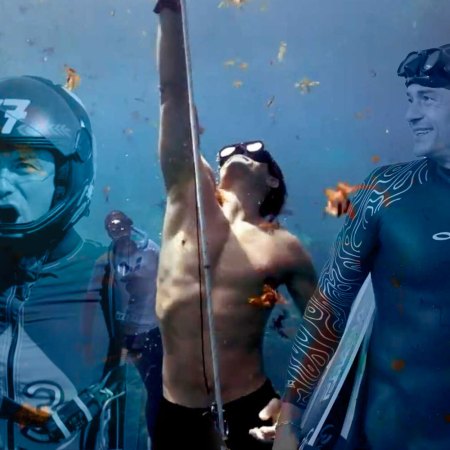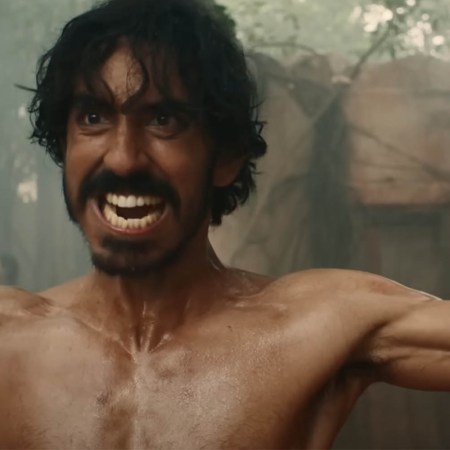Twenty years ago this week, a snarling, swashbuckling Wesley Snipes starred in Blade, one of the most underappreciated — and misunderstood — films of its time. The biggest misconception of them all:
That it’s not a superhero film.
For those who argue Blade is a vampire or horror film, well, you’re not technically wrong. But it has all the tropes of a costumed hero flick: superhuman abilities, actual costumes (yes, sunglasses and floor-length leather jackets count), quotable bad guys, one-word monikers (Blade, Frost, Whistler, Mercury, etc.), murky backstories, a personal Kryptonite (daylight, which, if you think about it, is the opposite of how Superman gets his powers) … and then the whole fact the movie is based on a Marvel comic book starring a character who regularly interacts with other hyper-enabled humans and beings. (The character Whistler actually originated from a Spider-Man cartoon, if that helps.)
So, superhero flick or (if you must) “comic book film,” let us praise the Stephen Norrington-directed genre classic, made for a modest $45 million (about $74 million today), dumped in the late box-office doldrums of August and arriving a few years after the last real comic-book movie attempt that preceded it (1995’s atrocious Batman & Robin).
With no expectations, the film received solid reviews, grossed $131 million and launched two sequels. And then, somehow, everyone ended up giving credit to Bryan Singer’s 2000 adaptation of X-Men as the harbinger for the Golden Age of superhero films.
As Blade would say, “Motherf*cker! Are you out of your damn mind?”
So we come not to bury the daywalker, but to praise him. Below: five reasons Blade belongs in the pantheon of modern comic-book movies.
1. It paved the way for Deadpool.
A smart-ass protagonist with quippy one-liners, self-ware commentary (“OK, Vampire Anatomy 101, crosses and holy water don’t do d*ck so forget what you’ve seen in the movies”) and a penchant for over-the-top, R-rated action? Been there.
And while it’s a terrible film, Deadpool himself (Ryan Reynolds) got his genre start in Blade: Trinity, a sequel so difficult to film that co-star Patton Oswalt frequently brings it up in interviews (Fun facts: Wesley Snipes would only answer to “Blade” and communicate via Post-Its. “The fact that movie exists puts it above Citizen Kane,” says Oswalt.)
2. The film paved the way for Black Panther.
You might have read about 9,000 think pieces regarding Marvel’s megahit movie ushering in a new, more diverse era of superheroes. But Snipes — and co-star N’Bushe Wright (as Blade ally Dr. Karen Jenson) — certainly deserve kudos for their groundbreaking roles two decades earlier.
3. It jumpstarted the career of superhero whisperer David S. Goyer.
The film’s screenwriter, who would later write Blade II and write/direct Blade: Trinity, moved on from the vampire series to work on Batman Begins, The Dark Knight, Ghost Rider: Spirit of Vengeance, The Dark Knight Rises, Man of Steel, Constantine (the TV series), Batman v. Superman: Dawn of Justice, Krypton (TV) and, coming soon, the DC adaptations Green Lantern Corps and The Sandman.
4. It had the best opening sequence in superhero movie history.
A blood rave and vampiric ultraviolence soundtracked to a deconstructed take on New Order’s “Confusion.” Name something better.
It was also so iconic it inspired BBQ Films to recreate it live (we were there, soaked in fake blood, and it was glorious).
5. As far as superhero philosophies go, Blade certainly beats “With great power comes great responsibility” …
This article was featured in the InsideHook newsletter. Sign up now.






















